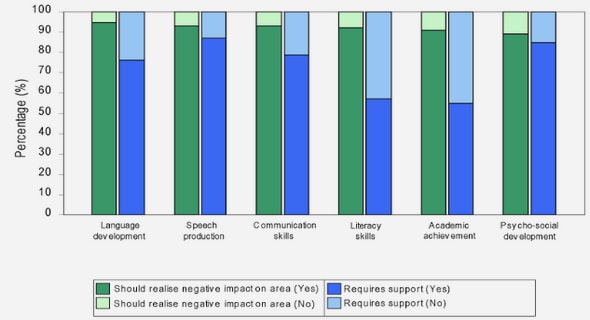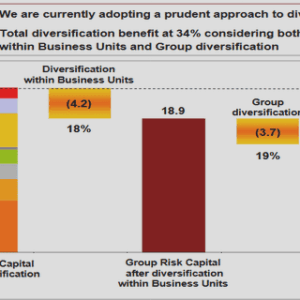(Downloads - 0)
For more info about our services contact : help@bestpfe.com
Table of contents
I. State of the art
2. Literature review: assessments and representations of multiple ES
2.1. Assessing and modelling the provision of multiple ecosystem services
2.2. Quantifying and representing the interactions among multiple ES
2.3. Production possibility sets and frontiers applied to agriculture and ecosystem services
2.4. Stylised facts identified in the literature
3. The economics of regulating the provision of ecosystem services
3.1. Ecosystem services as joint public goods
3.2. The regulation of joint public goods
3.3. Some elements from connex literature
3.4. Contributions of this thesis
II. Methods
4. Agroecological and economic model
4.1. Presentation of the model
4.2. Framework and notations of the model
4.3. Pollination
4.4. Soil organic matter and nitrogen
4.5. Greenhouse gases
4.6. Agricultural production
4.7. Water quality
4.8. Profit
5. Simulated data
5.1. Summary of simulated data
5.2. Exogenous drivers
III. Economic incentives to maximise the provision of ES under a budget constraint
6. Maximising ES provision
6.1. Introduction
6.2. Production possibility frontiers and interactions among multiple ecosystem services
6.3. Efficient bundles of ecosystem services
6.4. Cost-efficient bundles of ecosystem services
6.5. The cost of two strategies to provide non-marketed ecosystem services .
6.6. Discussion and conclusion
7. Economic incentives to implement solutions maximising ES provision
7.1. Introduction
7.2. Literature review: incentives for the provision of multiple and interacting ES
7.3. Methods
7.4. Results
7.5. Interactions among ecosystem services and the excess budget
7.6. Discussion and conclusion
IV. What land heterogeneity changes
8. Heterogeneous areas
8.1. Introduction
8.2. Literature review
8.3. Heterogeneity in our framework
8.4. Cost-efficiency analysis on heterogeneous areas
8.5. Results: how heterogeneity changes cost-efficient solutions
8.6. Incentives in heterogeneous agricultural areas
8.7. Discussion and conclusion
V. Discussion and conclusion
9. Discussion
9.1. Current context in terms of incentives
9.2. Efficiency of agroecological solutions
9.3. Accounting for the cost of ES provision
9.4. Incentives
9.5. Coping with heterogeneity
9.6. Concluding remarks
Résumé étendu en français
1. Introduction
2. Chapitre 2: État de l’art
3. Chapitre 3: Régulation de biens publics joints dans la théorie économique
4. Chapitres 4 et 5: Modèle et données simulées
5. Chapitre 6: Maximiser la fourniture de services écosystémiques pour un budget donné
6. Chapitre 7: Incitations économiques
7. Chapitre 8 : Le rôle de l’hétérogénéité
8. Discussion et conclusion
Detailed outputs of simulations and analyses
1. Output of the simulations
2. Efficient bundles of ecosystem services in all agronomic contexts
3. Output of the cost-efficiency analysis (context 8)
Model calibration
1. Summary table
2. Pollination
3. Pests
4. Soil organic matter and nitrogen
5. Greenhouse gases
6. Water quality
7. Agricultural production
8. Profit
Bibliography




